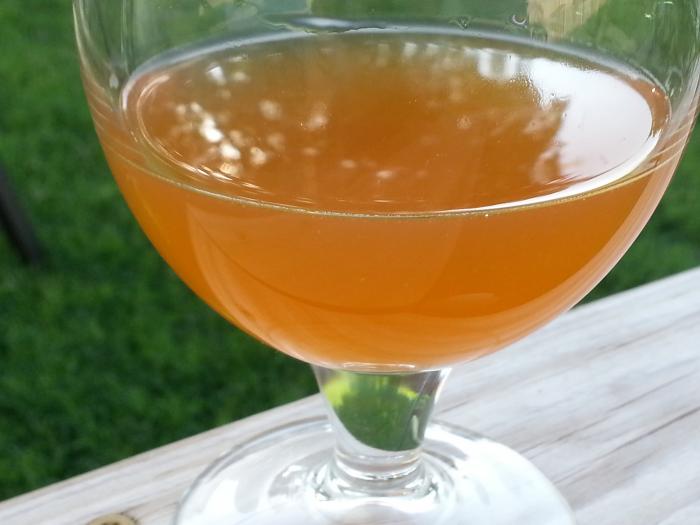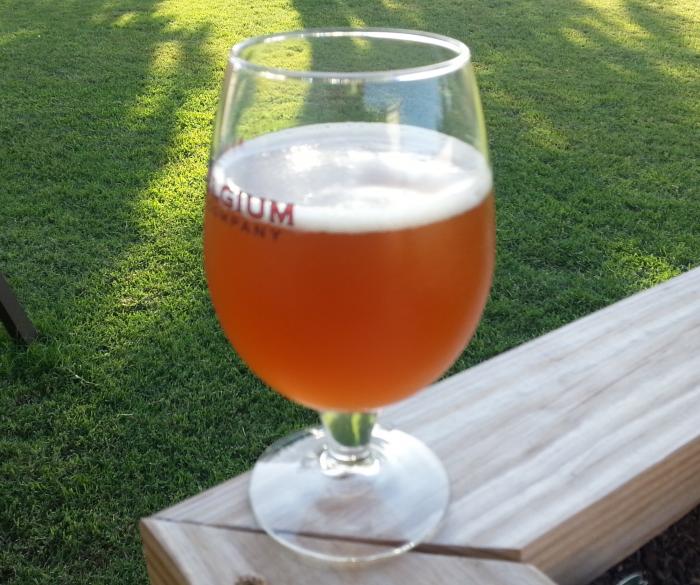Hastein
Well-Known Member
- Joined
- Apr 15, 2013
- Messages
- 68
- Reaction score
- 2
I will be brewing my first homebrew from a True Brew kit this weekend. After reading several old threads about True Brew kits and specifically their Belgian Ale kit, I plan to deviate from their instructions a bit. First, I was hoping some of you could possibly confirm what I will be doing is OK.
1. The instructions call for 1 week in the fermenter and then bottle. I believe its safe to say that this is the bare minimum and 2-3 weeks is better. Should I just mark the calendar for 3 weeks to the day and bottle? What exactly happens between week 2 and 3? Does this help to bring out more flavors?
2. There is no reference to temperature while fermenting. One thread said more of the Belgian flavors (for lack of better words) come out when it ferments at a warmer temp. I believe they said they fermented this kit close to 80 degrees. So...
What is the "ideal" temp for a belgian ale kit? I let my house get up to 78 during the day and around 72-74 at night (usually 74 at the min unless its really cool outside). Is it safe to just let this ferment wrapped up on the counter or is a 4-6 degree temp fluctuation harmful?
What is the "danger zone" for min/max temperature and range of fluctuations?
3. I've reached the conclusion it is better to steep the grains at a stable 150 for 30 min. rather than turning the flame off. Go for it at a steady 150 or kill the flame as the instructions call for?
Also, I saw a youtube video where someone put the grain in a strainer after steeping and rinsed them with water pre-heated to 150 in a separate kettle. Is it good to do this in order to get all the sugars out or is it not worth it?
Hopefully you all will forgive my noobness if I asked anything blatantly obvious. lol I'm trying to keep it as simple as possible while still brewing something I can be proud off for my first beer.
Thanks
1. The instructions call for 1 week in the fermenter and then bottle. I believe its safe to say that this is the bare minimum and 2-3 weeks is better. Should I just mark the calendar for 3 weeks to the day and bottle? What exactly happens between week 2 and 3? Does this help to bring out more flavors?
2. There is no reference to temperature while fermenting. One thread said more of the Belgian flavors (for lack of better words) come out when it ferments at a warmer temp. I believe they said they fermented this kit close to 80 degrees. So...
What is the "ideal" temp for a belgian ale kit? I let my house get up to 78 during the day and around 72-74 at night (usually 74 at the min unless its really cool outside). Is it safe to just let this ferment wrapped up on the counter or is a 4-6 degree temp fluctuation harmful?
What is the "danger zone" for min/max temperature and range of fluctuations?
3. I've reached the conclusion it is better to steep the grains at a stable 150 for 30 min. rather than turning the flame off. Go for it at a steady 150 or kill the flame as the instructions call for?
Also, I saw a youtube video where someone put the grain in a strainer after steeping and rinsed them with water pre-heated to 150 in a separate kettle. Is it good to do this in order to get all the sugars out or is it not worth it?
Hopefully you all will forgive my noobness if I asked anything blatantly obvious. lol I'm trying to keep it as simple as possible while still brewing something I can be proud off for my first beer.
Thanks






